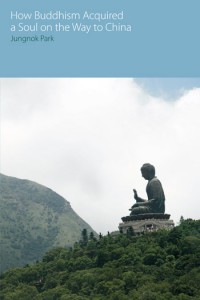A Study in Authoring, Compiling, and Editing Texts in the Tibetan Revelatory Tradition
Cathy Cantwell
(with a chapter by Robert Mayer)
It is often assumed that a revelation must be new and innovative, and that the point of a new sacred text must be to revitalize the heritage. Yet, in the Tibetan Nyingma Treasure Revelatory tradition, the ongoing vitality of textual production often has more to do with the fresh blessings rather than altogether novel content. This book is the first to analyse precise continuities and changes in comparing the new and the old, considering examples of the creation and development of tantric revelations, including further reworkings in subsequent generations. In doing so, the focus enlarges to encompass materials from the broader religious heritage, as well as from specific lineages of related visionary lamas. By identifying such exact linkages and departures, it is possible to answer questions both of how and why developments may occur, not limiting the purview merely to the individual stories of the virtuoso lamas producing the books, but looking also to the tantric communities of which they are a part.
The case studies in the book stem from the prolific writings of the famous twentieth-century scholar-lama Dudjom Jigdral Yeshe Dorje Rinpoche, who contributed to numerous revelatory traditions of the past, as well as producing his own revelations. They concern a single tantric deity, Vajrakīlaya, the most popular Nyingma deity, whose tantras and ritual practices stem from the earliest formulations of Tibetan tantric Buddhism, and who is closely connected with the culture heros and founding fathers of the Nyingmapa. This particular focus gives us the opportunity to discover patterns in the creation of new tantric texts which have significance beyond the specific examples.
https://www.equinoxpub.com/home/dudjom-rinpoches/















